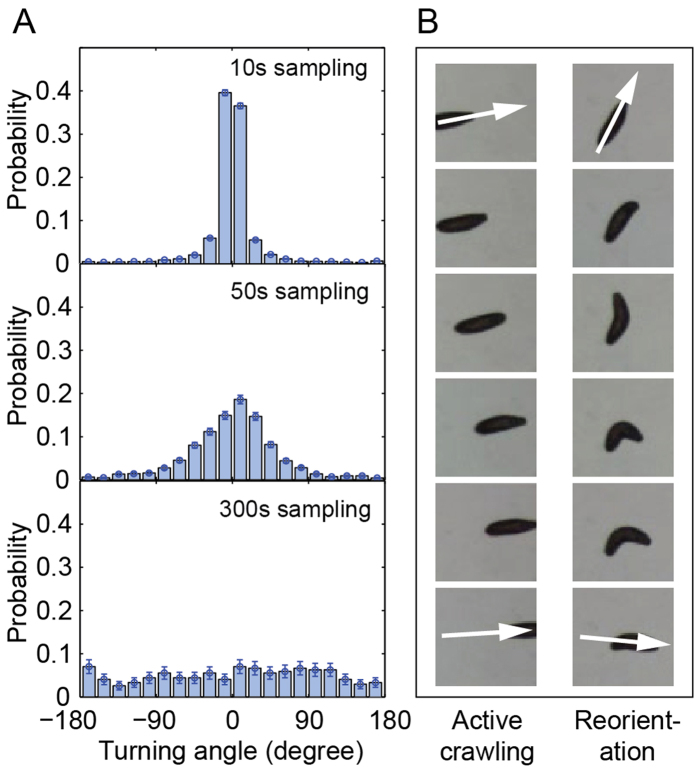Figure 1. Larvae exhibit a persistent and bimodal crawling behavior.
(A) Distributions of turning angles between consecutive segments of discrete time sampled tracks. The persistence information is gradually lost as the sampling interval is increased from 10 s to 300 s, leading to an equal distribution of turning angles, characteristic of a Brownian motion. Tracks of 25 Drosophila larvae are used to calculate the distributions. (B) The larvae exhibit two distinct walking phases: an active crawling phase (left panel), and a reorientation phase (right panel). Note the drastic angular change between the initial larval crawling path at the beginning of the reorientation phase and its end. The time lapse shows a total of 20 seconds of larval crawling in a fixed field of view of approximately 2 × 2 mm2.

